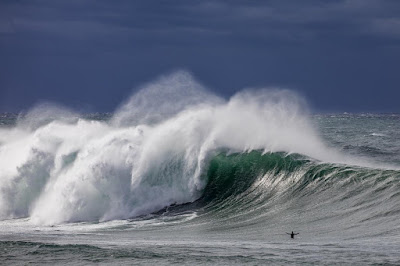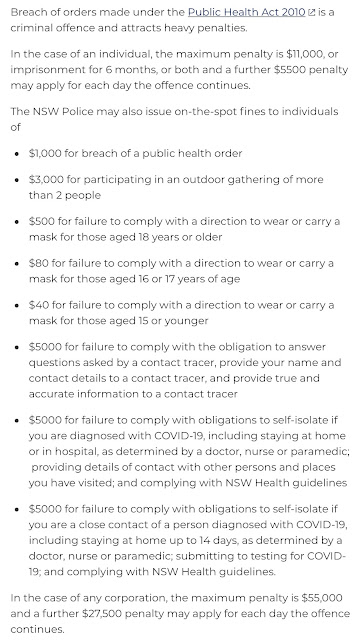There have been 11,395 locally acquired cases reported since 16th June 2021, when the first case in this outbreak was reported in New South Wales. Numbers coming in on a daily basis of over 600. A great many of those are children.
Most are in the greater Sydney area but it has also found out west in some smaller rural towns.
We are so far case free.
Victoria and the ACT are also experiencing outbreaks but not to the extent of NSW.
Both are in lockdown.
Queensland is virtually virus free.
Unfortunately New Zealand ‘imported’ a case from NSW which has spread and they have gone into lockdown as well.
The Delta variant takes no prisoners!
As a result of all this, greater Sydney has had their lock down extended to the end of September and significant part of it will be subjected to a 9pm to 5 am curfew.
We on the south coast are exempt from the lockdown extension and curfew.
Police will be out in force making sure of compliance. Road blocks and address checks have been carried out, even in our area, over the last weeks.
The state government is very serious about all this. The fines for non compliance are pretty substantial.
Police state?
There was some disquiet within the community when the commissioner told his officers he won’t hold them to account for wrongly issuing COVID-19 fines in a call to prioritise health order enforcement outside emergency duties.
Meanwhile the vaccination rate has increased but, to reach the 70-80% population target, still has a way to go.
We are getting our daily exercise within the allowed 5km radius of home at a wonderful beach that is basically deserted these days.
Update: 22nd August: Yesterday, Australia recorded its highest ever number of daily Covid-19 cases, with 894 locally transmitted cases, the vast majority in New South Wales.
Anti-lockdown protesters clashed with riot police in two east coast capitals yesterday.
Police in Melbourne used pepper spray as large crowds, estimated at 4000, surged.
Six Victorian police officers taken to hospital and more than 200 people were arrested.
In Sydney the protest was much smaller, about 250 people, but 47 people were arrested and police issued more than 260 infringement notices.
About 2000 Brisbane protesters gathered in a peaceful demonstration, claiming that COVID-19 lockdown controls breach United Nations regulations.
Brisbane is not currently in lockdown.


























